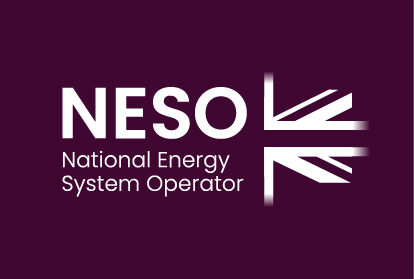With wind and solar power increasingly vital to the GB energy system, understanding extreme weather events that could drastically affect power production and consumption is crucial. Dunkelflaute events, which cause simultaneous low wind and solar power production, are raising significant concerns among stakeholders.
This project aims to address knowledge gaps regarding the likelihood and impact of Dunkelflaute events and cold spells, both separately and together, especially during peak electricity demand. By improving our models and assumptions, the project will enhance the accuracy of our Future Energy Scenarios, ensuring we are better prepared to manage Dunkelflaute periods effectively.
Benefits
This project addresses critical gaps in understanding the likelihood and impact of Dunkelflaute events, ensuring NESO is well-prepared to incorporate these risks into future energy scenarios. It will strengthen our ability to communicate weather-related risks to stakeholders and provide evidence to support industry discussions on risk appetite, such as whether to build flexibility for extreme cases. By improving system resilience to Dunkelflaute events, this work will contribute to a more stable and reliable energy supply for GB.
Learnings
Outcomes
Project Outcomes
Although we did not achieve our intended goal of explaining weather-related risks to stakeholders using our findings, the project was successful in several key aspects:
Understanding Complexity: We uncovered the intricate nature of defining and modelling weather stress events in conjunction with energy system designs.
Simplified Approach: We have streamlined our approach to focus on achievable and meaningful analysis moving forward.
Conclusion
In conclusion, although the project did not meet its original objectives, it has been pivotal in reshaping our approach to integrating weather data with energy system analysis. Initially, we underestimated the complexity of the problem, but we have successfully navigated these challenges. The problem is now well-defined and focused, allowing us to move confidently into the practical phase of implementation, setting the stage for significant progress and tangible results in future projects.
Lessons Learnt
Challenges Encountered
During the project, we faced several challenges:
Defining Weather Stress Events: The complexity lay in determining what constitutes an extreme weather event, compounded by the co-dependence on energy system designs.
Dynamic Modelling Requirements: The need for a dynamic solution became evident as fixed weather scenarios were unsuitable for our ever-changing energy systems.
Multiple Stakeholder Requirements: Initially, we considered a broad range of testing requirements from various stakeholders. As the project progressed, it became apparent that the complexity of these demands made it challenging to effectively pinpoint our testing objectives. This realisation led us to narrow our focus and streamline our approach to ensure more targeted and meaningful testing outcomes.
Key Learnings
Dynamic Weather Solutions: Instead of relying on predefined weather events, we recognised the need for a comprehensive data set. This will allow us to independently select and test events against our system designs.
System Design as a Key Variable: We concluded that our focus should remain on energy system design, using weather data as a variable for testing rather than attempting to predict specific weather impacts.




